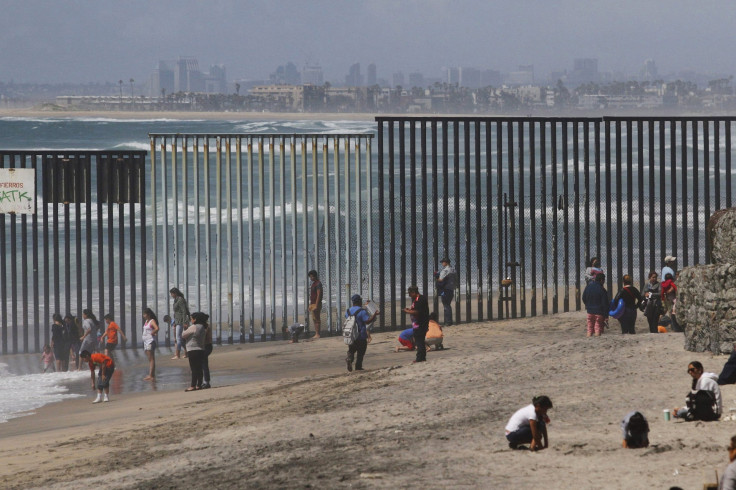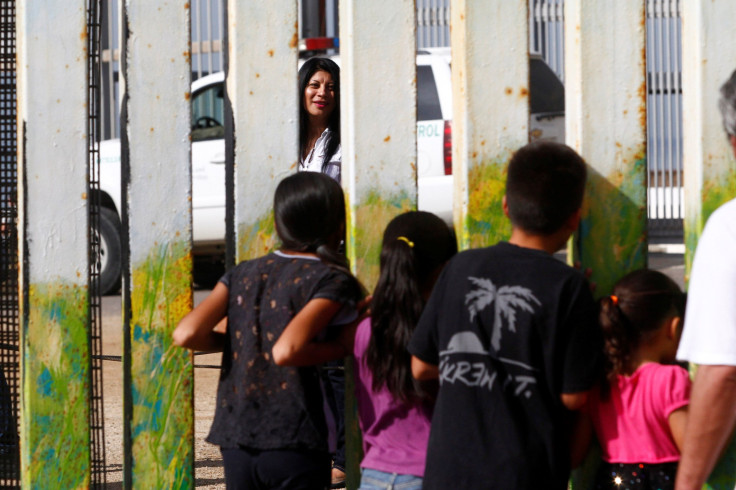Will Trump’s Border Wall Work? Massive Project Costs Billions, Fails To Stop Illegal Immigration, Experts Say

President Donald Trump will reportedly sign executive orders Wednesday demanding the federal government begin appropriating funds – despite repeatedly claiming the U.S. would not pay for the project – and building a security wall along its border with Mexico.
The wall, which reportedly comes with a $15 billion to $25 billion price tag, will likely do little to curb illegal immigration or drug trafficking and will never be paid for by the Mexican government, according to multiple experts and the Mexican government respectively.
Republicans on Capitol Hill have warmly embraced the expensive project that would span across roughly 1,300 miles, costing nearly $16 million per mile. But there wasn’t any evidence to prove a wall would prevent drug traffickers from shipping millions of dollars of heroin, methamphetamines and other drugs into the country. Cartels have remained heavily active along the U.S.-Mexico border where security walls and fences are already built, according to immigration experts, as well as an International Business Times report from the border in Sasabe, Arizona.
It isn't evident Trump’s border wall project would dramatically reduce illegal immigration into the U.S., either.
"The hard truth for Trump voters is that Trump’s proposed solutions to immigration will not increase control," Alex Nowrasteh, an immigration policy analyst at the Cato Institute in Washington, D.C., wrote in an article for The Hill after last year's election. "A border wall, deportation force, and mandatory E-Verify will increase the perception of chaos. Illegal immigrants responded to the doubling of border patrol in the 1990s by hiring smugglers and taking boats up the coast to avoid the border altogether."
Moreover, the wall would do nothing to prevent illegal immigration via other passages into the nation: At least 40 percent of those living in the U.S. illegally reportedly traveled by air, for example.

Cartels have constantly been finding new ways to escape Customs and Border Protection security obstacles, including security fences, walls and high-tech cameras positioned to scan the border 24 hours a day, seven days a week. Drug and human traffickers send "scouts" out ahead of groups of undocumented immigrants and drug shipments to ensure secret passages were safe before sending dozens of people and hundreds of pounds of drugs through the border. Those traffickers have even begun building underground tunnels to transport their shipments into the U.S.
"The clock is ticking as soon as they complete a tunnel," Kevin Hecht, a Border Patrol tunneling expert, told New York Times. "They know that we will eventually find them. But if even one load gets through before we find it, they consider it a success."
Still, without any official wall built across the entirety of the border, illegal immigration rates under former President Barack Obama’s White House administration dipped from their 2007 peak of 12.2 million to 11.1 million undocumented immigrants living in the U.S. by 2014, making up 3.5 percent of the total population, the Pew Research Center reported.
Meanwhile, the immigration detention center industry, which detains immigrants as they battle deportation cases from behind bars with limited resources, saw a massive expansion under Obama and could prove to become a human rights crisis under Trump, according to an International Business Times interview with the non-profit civil rights group, American Civil Liberties Union.
© Copyright IBTimes 2025. All rights reserved.






















